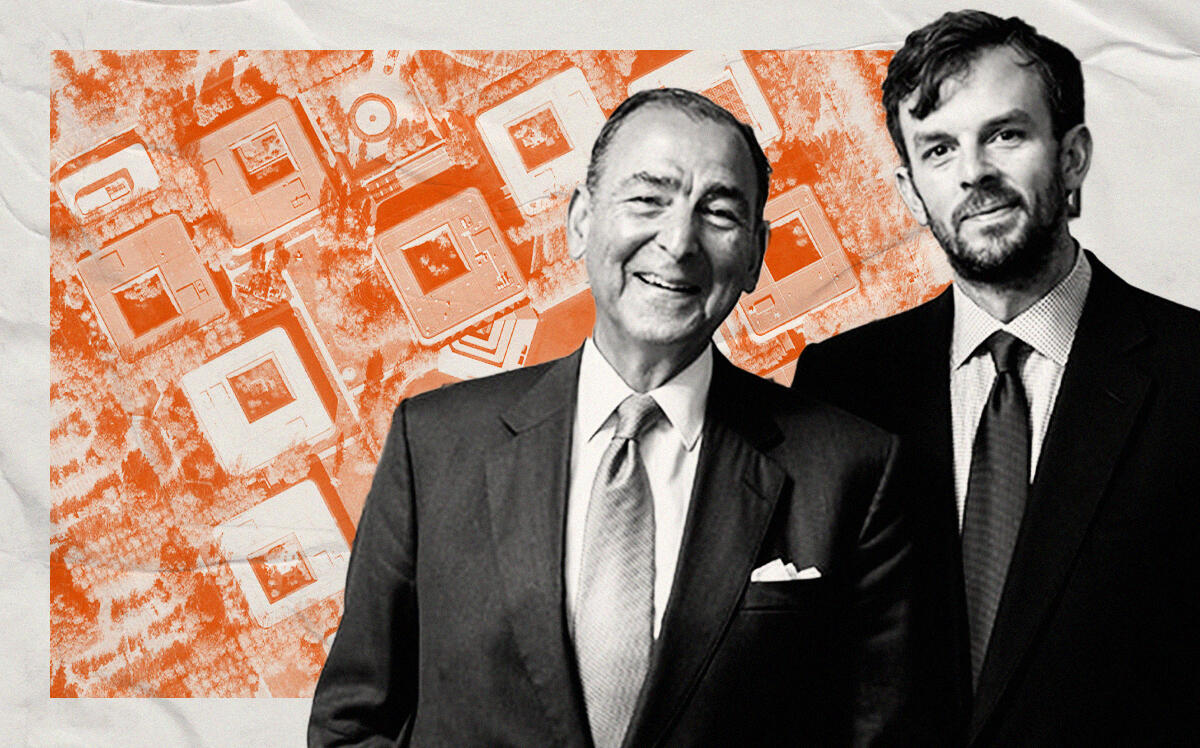Sunset Development has purchased Chevron’s 92-acre former headquarters in San Ramon, where it may serve the company’s pivot toward building homes.
The San Ramon-based developer bought the property at 6001 Bollinger Canyon Road, the San Francisco Business Times reported. Terms of the sale were not disclosed.
The sale comes three months after the nation’s second-largest oil company announced it would seek a smaller corporate hub in the East Bay, while moving some workers to Houston. The much-anticipated trade includes 13 buildings containing 1.3 million square feet of office space.
The energy giant will move its executive offices into the adjacent Bishop Ranch complex owned by Sunset Development, where it has leased 400,000 square feet at a 1.8 million-square-foot office building at 2600 Camino Ramon. Terms of the lease were not disclosed.
Chevron’s new headquarters can fit up to 2,000 employees, according to Sunset Development, which said it would be available to the oil firm in late 2023.
Sunset did not say what it wants to do with Chevron’s former headquarters, other than stating the parcel would be “a key part” of creating “a distinct California community” at its Bishop Ranch.
The Chevron campus may be among the largest redevelopment opportunities in San Ramon and the Tri-Valley.
The Mehran family, which founded Sunset Development 71 years ago, developed the 585-acre Bishop Ranch office and retail center, and now envisions building 6,000 homes.
In an exclusive interview with The Real Deal, Sunset CEO Alexander Mehran Jr. and Chairman Alexander Mehran Sr. talked in June about the future of the ranch – which now contains 500 companies housed in 10 million square feet of offices, plus 300,000 square feet of shops and restaurants. The next step is housing.
At the end of last year, Sunset announced the sale of a 31-acre parcel to SummerHill Homes to develop three residential neighborhoods. It’s also in the process of selling land to Related California to build luxury apartments.
“We’ll probably do a mix of things,” said Mehran Jr. in the June interview.
“There’s a lot of different products and a lot of units. So we’re going to keep pushing and some of it we’ll own and build and some of it we’ll partner with people.”
Sunset sold Chevron the land for its headquarters in 1981, but retained control over what could be built there. These terms applied to Chevron and would have applied to another buyer.
With the purchase of Chevron’s headquarters, the developer has now reacquired the two largest parcels — sold to Chevron and PacBell, now AT&T — it had sold off four decades ago.
“It’s exciting to reacquire this important piece of land from our largest and longest-standing customer we started with over 40 years ago,” Merhan Jr. said in a statement. He described the property as “the gateway to Bishop Ranch.”
The San Ramon Planning Commission and City Council discussed the future of the city’s commercial core, which includes Chevron’s campus, over the past month. They talked of rezoning the Chevron’s property from office to mixed use, including housing.
“This could represent that giant Christmas present of a land use opportunity in a part of town we never really thought could change,” San Ramon Planning Commissioner Jean Kuznik said last month. The site, she said, did not have to be “only housing.”
Chevron’s roots in San Francisco date back to 1879 and the Pacific Coast Oil Co., which later became part of John D. Rockefeller’s Standard Oil monopoly.
For nearly four decades, Chevron was based on Market Street in San Francisco before moving its headquarters in 2001 to San Ramon. The company has a major refinery in Richmond, with more than 3,000 workers.
— Dana Bartholomew
